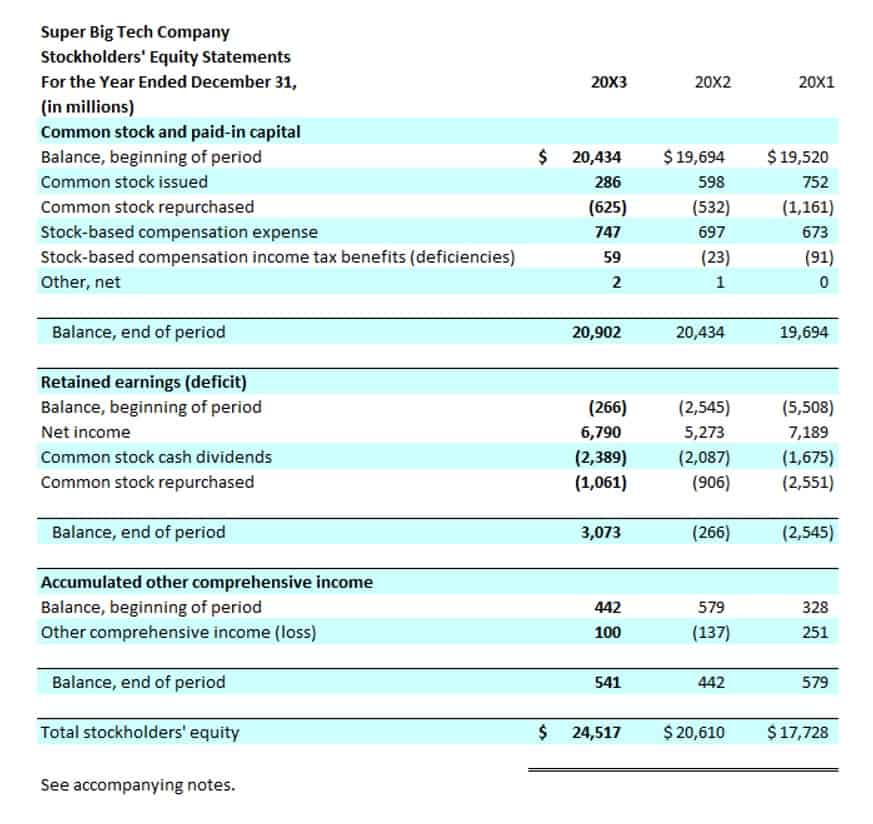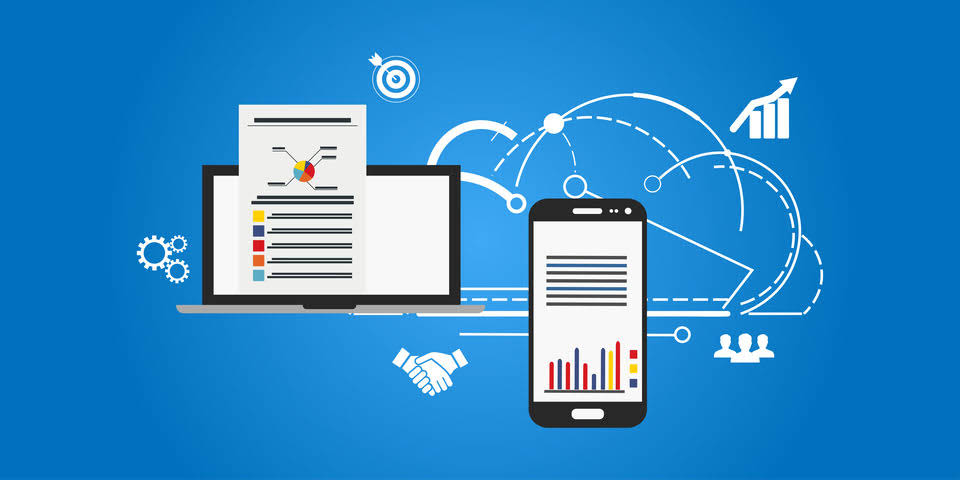
In-depth analysis, examples and insights to give you an advantage in understanding the requirements and implications of financial reporting issues. When it comes time to file your taxes, you’ll need to know which technique you used, so be sure to keep note of it. Estimating allows for faster computations that do not require actual inventory counts and that approximate the amount of cash in your company’s inventory. Then, you decided to buy 100 more water bottles which cost you $12 each, totaling up to $1,200. For example, your business buys water bottles for $10 each and sells them for $25. For example, your business purchased 50 bags of chips for $1 each, then at a later date, decided to buy 30 more, but the price rose to $2 each.
- Synder lets you automatically synchronize multichannel data into accounting platforms like QuickBooks Online, QuickBooks Desktop, Sage Intacct, and Xero.
- Another disadvantage is that retail accounting needs more consistency and precision; it generally offers approximate figures rather than exact counts.
- Moreover, the income tax system imposes restrictions on how businesses can determine inventory cost.
- At the beginning of the quarter, you restated your inventory, valued at its original cost of $100,000.
- Through exceptional accounting software for retail businesses like Vencru, you can manage all the payments, labor charges, inventory stock, and keep an eye on your workers.
- In this situation, you may want to use the weighted-average costing method by dividing the total cost of the dice by the total number of dice you purchased.
What is the Retail Method?

By using retail inventory, an organization can prepare an inventory for a centralized location. Using the same example, let’s say you sell 130 bottles of water for $25 each. You’ll first have to find the cost-to-retail percentage by dividing the cost of your product by the sale price. Then to find the ending inventory, you’ll multiply your sales by the cost-to-retail percentage, then subtract it from your beginning inventory.

Specific Identification Method
Efficient bookkeeping for retail stores is not just about numbers; it’s a strategic tool that empowers businesses to make informed decisions, optimize financial performance, and ensure long-term success. In this article, we will delve into the basics of accounting Bakery Accounting and bookkeeping for retail, shedding light on key concepts and practices that every retailer should master. Knowing different methods for tracking inventory costs and managing sales can improve workflow and help salespeople tackle a variety of tasks.
1.1 Traditional retail inventory method
Most retailers nowadays prefer using a perpetual accounting for retail inventory system, thanks to modern computerized accounting systems. Barcoding, in particular, has significantly eased the process of recording sales and automatically updating inventory without the need for manual input. Leveraging modern bookkeeping tools and software can significantly enhance efficiency. Many retail businesses use cloud-based accounting systems that allow real-time collaboration and provide easy access to financial data from anywhere. Retailers must keep a close eye on stock levels, record inventory purchases and sales, and conduct regular audits.

Inventory: Periodic method
In most cases, the retail method of accounting is not realistic because of the variations in product pricing. For example, product damage, theft, depreciation, markdowns can affect the price of the inventory. This is why the calculations made using the retail inventory method should serve only as an estimate. Retail accounting tracks your inventory costs based on the price you sell each item.
Keep An Eye On The Retail Accounting Issues And Trends
“The advantage is that it’s very easy to calculate and doesn’t require sophisticated tracking of how much someone paid for each SKU they purchased from a supplier,” says Abir. Keeping track of your financial information allows you to make better business decisions, no matter the approach you use. That’s why for retailers—especially those that are in the process of scaling—it’s worth getting up to speed on retail methods of accounting. In simple terms, retail accounting involves calculating the cost of inventory in relation to its selling price.
Retail accounting FAQ
For income tax purposes, there are generally three accepted methods for valuing inventory cost. Thirdly, items can be valued based on the assumption that the first items purchased are the first sold, known as the first-in, first-out (FIFO) method. Regardless of the inventory recording system used, valuing inventory accurately is crucial for preparing financial statements. According to accounting standards like IAS 2 and ASPE section 3031, inventory must be valued at the lower of cost and net realizable value for financial reporting purposes. Setting up general ledger accounts for a retail business accounting involves considering several key questions.
Proper accounting for retail business these taxes is vital for compliance and financial accuracy. A retail chart of accounts is a systematic and organized list of all the financial accounts that a retail business uses to record its financial transactions. These accounts are categorized into different types, such as assets, liabilities, equity, revenue, and expenses, to help the business track and manage its finances effectively. To address these challenges, retailers need to invest in modern data storage systems and adopt best practices for organizing their financial records.

Managing inventory costs with retail accounting
The retail method works for businesses that mark up their inventory consistently and at the same percentage. For example, let’s say your business has a bin of 200 hair ties, each of which you and you purchased at different prices for a total of $40. Using the weighted average, you’ll divide the total cost of the hair ties by the number you purchased, payroll which is 20 cents each.
